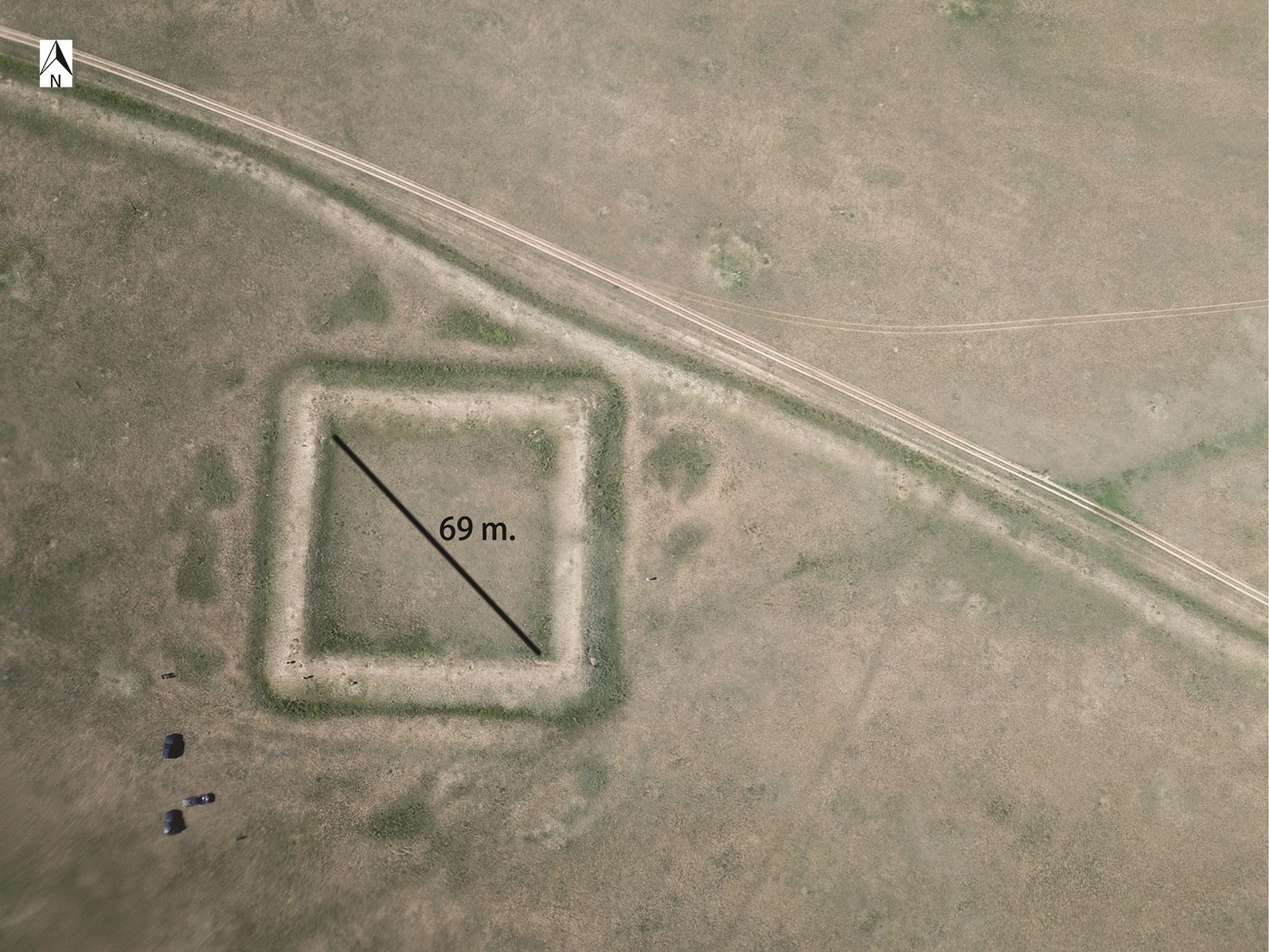The most northerly section of The Great Wall of China known as the “Northern Line” has been mapped for the first time, providing new insight into how the structure relates to Mongol ruler Genghis Khan, which may have implications for such divisive boundaries in current day.
Spanning a total of 6,500 kilometers (4,000 miles) in length, the Great Wall of China was built section-by-section and consists of multiple fortifications used for defense. It was long speculated that the “extremely enigmatic" Northern Line, stretching 737 kilometers (458 miles) across the Mongolian Steppe, was also used to defend the Chinese Khitan Liao Empire against Genghis Khan, more accurately translated as Chinggis Khan, the Mongol leader who built the largest contiguous empire in history.
However, new research published in the journal Antiquity suggests that the wall was likely not built for defense but instead helped to monitor and control the nomadic tribes that routinely raided Imperial China.
The Northern Line was built between 1000 and 1300 CE and is located mostly in Mongolia with some sections found in modern-day Russia and China. To determine its purpose, an international team of archaeologists from the Mongolian Academy of Sciences and Yale University systematically mapped this segment and conducted a detailed survey of a small part of the wall and its nearby structures to identify artifacts left behind and study the construction and placement of the wall. In particular, the team examined 72 structures along the wall organized in small clusters located about 30 kilometers apart.
“Our analysis of the wall suggests that it was not made to defend against large invading armies or even against nomadic raids into sedentary lands rather that it was geared to monitor and control the movements of nomadic populations and their herds,” said study author Professor Gideon Shelach-Lavi from the Hebrew University of Jerusalem in a statement emailed to IFLScience.

Furthermore, this section of the wall predates Chinggis Khan (907 to 1125 CE), confirming that it was likely not built in defense of him but instead meant to expand the influence of the Khitan-Liao and insert control over nomads living in the northern territory. In particular, structures associated with the wall are not located at high enough elevations that would have been advantageous for military defense. Their lower heights located closer to roads indicate that they were likely used as a means of population control.
The researchers note that their work could spur new insight into other walls around the world believed to have been constructed for defensive purposes and may provide a better understanding for current efforts of building border walls that divide populations.
“Our study suggests that the assumption that these were all military structures needs to be challenged,” said Professor Shelach-Lavi. “We need to study their structure and context to better understand the reasons they were built.”


